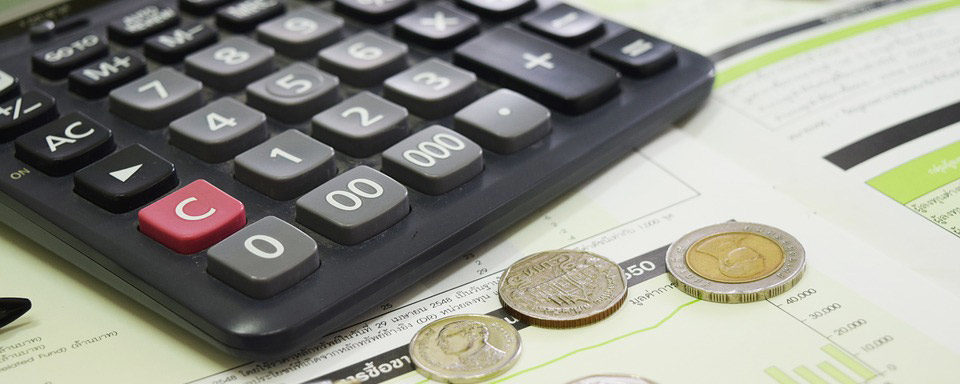
by Jeffrey Dixon, MBA, CISP, SDIP – Vice President of Business Development
You opened a Self-Directed retirement plan and now you want to fund it. Funding your Self-Directed IRA is a process that takes a few days to complete, so preparedness and patience will be key to your success.
Transfer
Money can be moved directly from your current Self-Directed IRA custodian into the new Self-Directed retirement plan account. This is called a Trustee-to-Trustee transfer and it is not taxable. You can do this as many times a year as you want. You will use a Transfer Request Form to request the current custodian to wire the funds over, or to issue a check made payable to your new Self-Directed IRA account.
Indirect Rollover
You can also take a personal distribution from the IRA account. This is also referred to as an ‘Indirect Rollover”. The custodian will wire the funds or send a check made payable to you. You then have 60 days to move the funds back into an IRA or 401k account. You can only do this once every 12 months. It is not once per account but rather it is once every 12 months. To accomplish this, you complete a Self-Directed IRA Rollover form, certifying the funds were moved back within 60 days and that you had not done this in the past 12 months.
Rollovers
Moving funds from a company-sponsored retirement plan, like a 401k, or a 403b is also allowed after you have left employment of the company. Occasionally you can do a direct Self-Directed IRA rollover while still employed. That is referred to as an “In-Service Transfer”. In-Service Transfers are not that common. Whether or not you can take one depends on the Plan Document of your previous employer’s plan.
The funds will be sent by check, made payable to the new IRA account. The titling of the check is: American Estate & Trust, LC FBO (client first and last name). The check may be sent directly to the new Self-Directed IRA account, or they may mail it to you. Then, you forward the check if sent to you. Do not endorse the check.
Contributions
You can also contribute to your retirement account. The amount you can contribute depends on your age, your income, and your account size. So take all these factors into consideration when planning a contribution. The IRS has more to say about it HERE. You should discuss your contribution amount with a competent tax advisor before making any decisions.
Personal Withdrawal
You can take money out of your Self-Directed retirement plan as well. To accomplish this you can request a distribution of the funds, also called a “withdrawal”. The custodian may withhold 20% of the amount distributed for future taxes due. If you are under the age of 59 ½, an extra 10% may be withheld for the penalty for early distribution.
Please contact to discuss this or any other questions about using a Self-Directed IRA or Solo 401k at 717-831-1866 or info@uDirectIRA.com.






